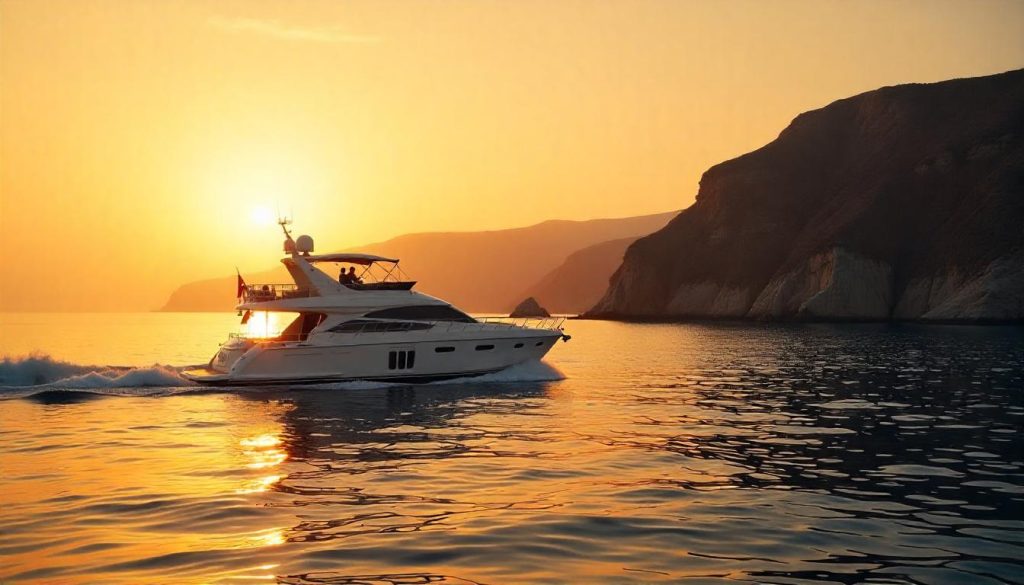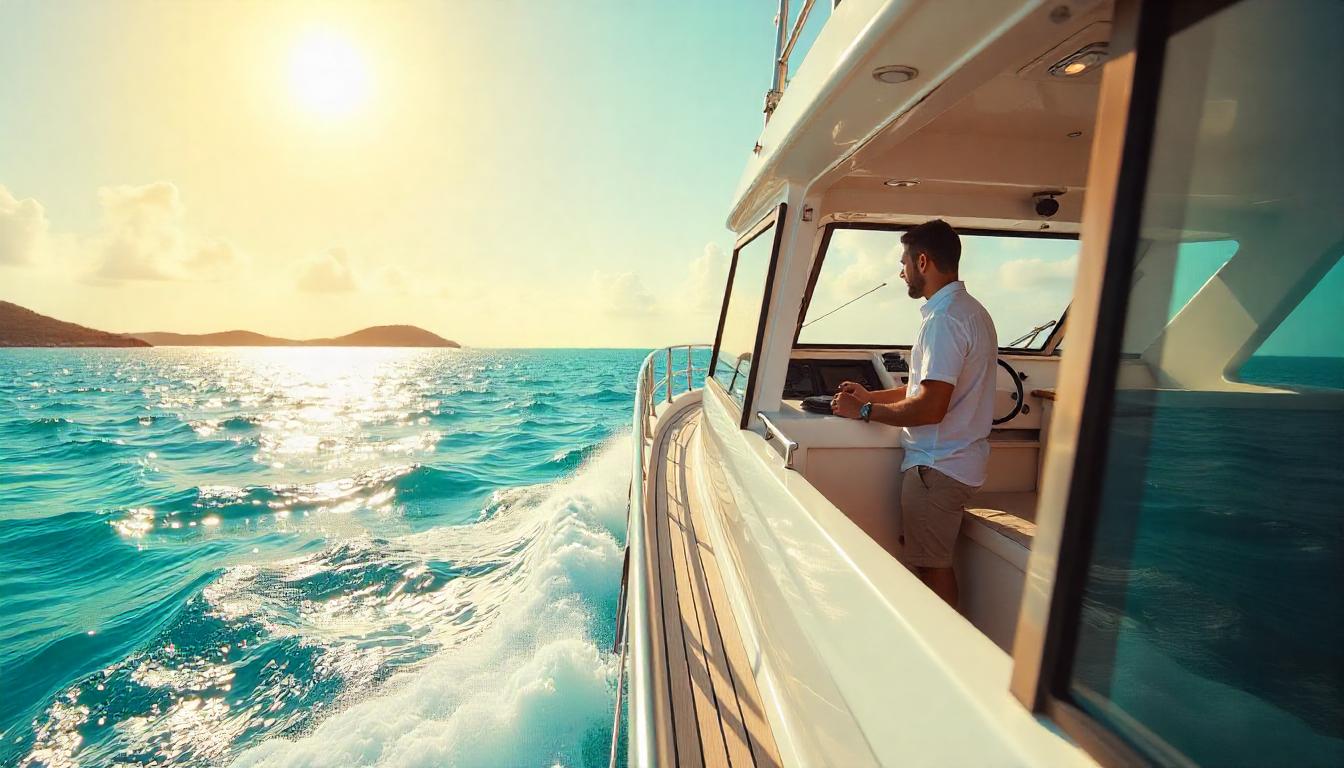Navigating international waters in 2025 requires careful attention to legal requirements and safety measures to ensure a smooth and secure yachting journey. As of Friday, May 23, 2025, at 11:01 AM +05, yacht owners and charterers crossing borders face complex regulations and unique risks. From obtaining permits to preparing for emergencies, understanding these aspects is essential. Inspired by resources like GetBoat, this article outlines key legal and safety considerations for sailing international waters, helping you plan a confident maritime adventure.
Understanding Legal Jurisdictions
Legal aspects of yachting begin with knowing international waters’ jurisdiction. Beyond 12 nautical miles from a country’s coast, waters fall under the United Nations Convention on the Law of the Sea (UNCLOS), where no single nation holds sovereignty. For instance, yachts must register with a flag state, like the Cayman Islands, to establish legal identity.
Moreover, crossing into territorial waters requires visas and customs clearance, varying by country. Transitioning to this, ignorance of local laws can lead to fines or detention. Consequently, researching jurisdiction ensures compliance when navigating international waters.
Required Documentation
Proper documentation is vital for international yacht navigation. Carry a ship registration certificate, insurance papers, and a crew list with passports. For example, the Bahamas mandates a cruising permit, costing $150 for up to 90 days, obtainable online. Additionally, a VHF radio license ensures legal communication.
Furthermore, health certificates for pets or crew may be needed in some regions. Transitioning to this, keep copies of all documents in a waterproof case. Therefore, thorough paperwork prevents legal issues during your journey.
Safety Equipment and Protocols
Safety in global waters relies on robust equipment and protocols. Equip your yacht with an EPIRB and life rafts, mandatory under the International Maritime Organization (IMO) standards. For instance, a personal locator beacon on each crew member boosts rescue chances. Moreover, carry a comprehensive first-aid kit, including seasickness remedies.
Additionally, conduct regular safety drills for man-overboard scenarios. Transitioning to this, monitor weather via satellite systems to avoid storms. Consequently, these measures enhance safety when sailing international waters.

Navigating Weather and Hazards
Weather poses significant risks in maritime legal guidelines. Use real-time weather apps, like Windy, to track storms, which have increased in intensity due to climate change. For example, Atlantic hurricanes now bring heavier rainfall, affecting routes near the Caribbean. Furthermore, avoid piracy hotspots, such as the Gulf of Aden, by consulting maritime security reports.
Additionally, chart shallow areas or reefs, especially in the Mediterranean, to prevent grounding. Transitioning to this, a skilled navigator can adjust plans based on hazards. Therefore, proactive navigation ensures a safe trip.
Environmental Regulations
Environmental compliance is a growing aspect of navigating international waters. The IMO’s MARPOL Annex VI limits sulfur emissions, requiring low-sulfur fuel in Emission Control Areas like the Baltic Sea. For instance, yachts must use fuel with less than 0.1% sulfur content. Moreover, dispose of waste at designated ports to avoid pollution fines.
Furthermore, protect marine life by using eco-friendly cleaning products. Transitioning to this, adherence to these rules supports sustainability. Consequently, following regulations preserves the oceans for future yachting.
Insurance and Liability
Insurance is critical for legal aspects of yachting. Obtain comprehensive coverage, including hull damage and liability for third parties, as required by many ports. For example, the Mediterranean often demands a minimum $1 million liability policy. Additionally, check coverage for piracy or natural disasters.
Moreover, understand your flag state’s liability laws, which may differ from your home country’s. Transitioning to this, review policies with an expert before departure. Therefore, proper insurance safeguards against legal and financial risks.
Emergency Preparedness and Communication
Effective communication ensures safety in global waters. Carry a satellite phone and VHF radio for distress calls, as cell service fades in remote areas. For instance, the Global Maritime Distress and Safety System (GMDSS) provides a global network for emergencies. Moreover, file a float plan with authorities, detailing your route and return time.
Additionally, learn basic repair skills for engine or sail issues. Transitioning to this, test equipment regularly to maintain reliability. Consequently, preparedness keeps you secure during international yacht navigation.
Päätelmä
Navigating international waters in 2025 demands a thorough grasp of legal requirements and safety considerations to ensure a successful voyage. From securing proper documentation and insurance to adapting to weather hazards and environmental rules, preparation is key. Platforms like GetBoat assist with planning, offering insights into compliant charters. By addressing these factors, you can confidently sail international waters, enjoying a safe and enriching maritime experience.

 Navigating International Waters: Legal and Safety Considerations">
Navigating International Waters: Legal and Safety Considerations">
